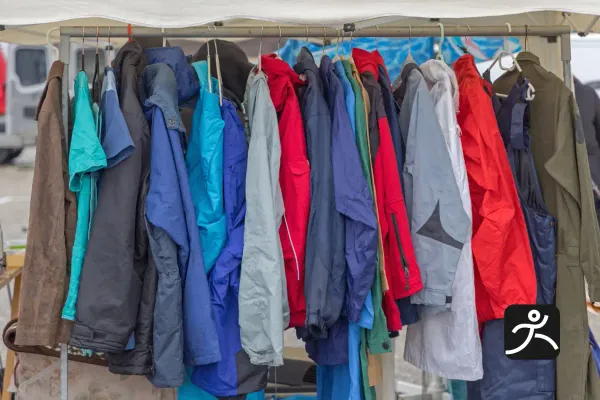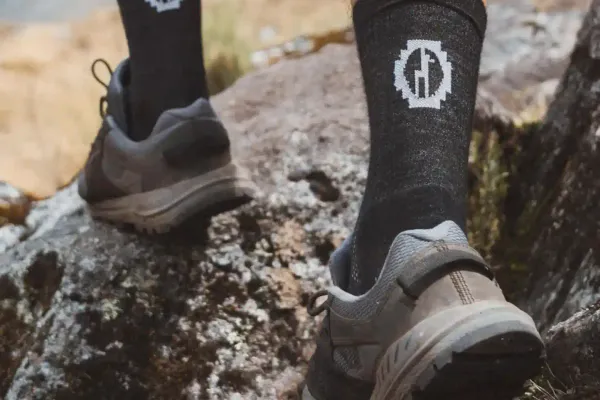Ultralight Shelters: A Simple Guide For Fastpacking Needs
Gear up for lightweight adventures: discover how ultralight shelters revolutionize fastpacking, but which option will truly transform your experience?
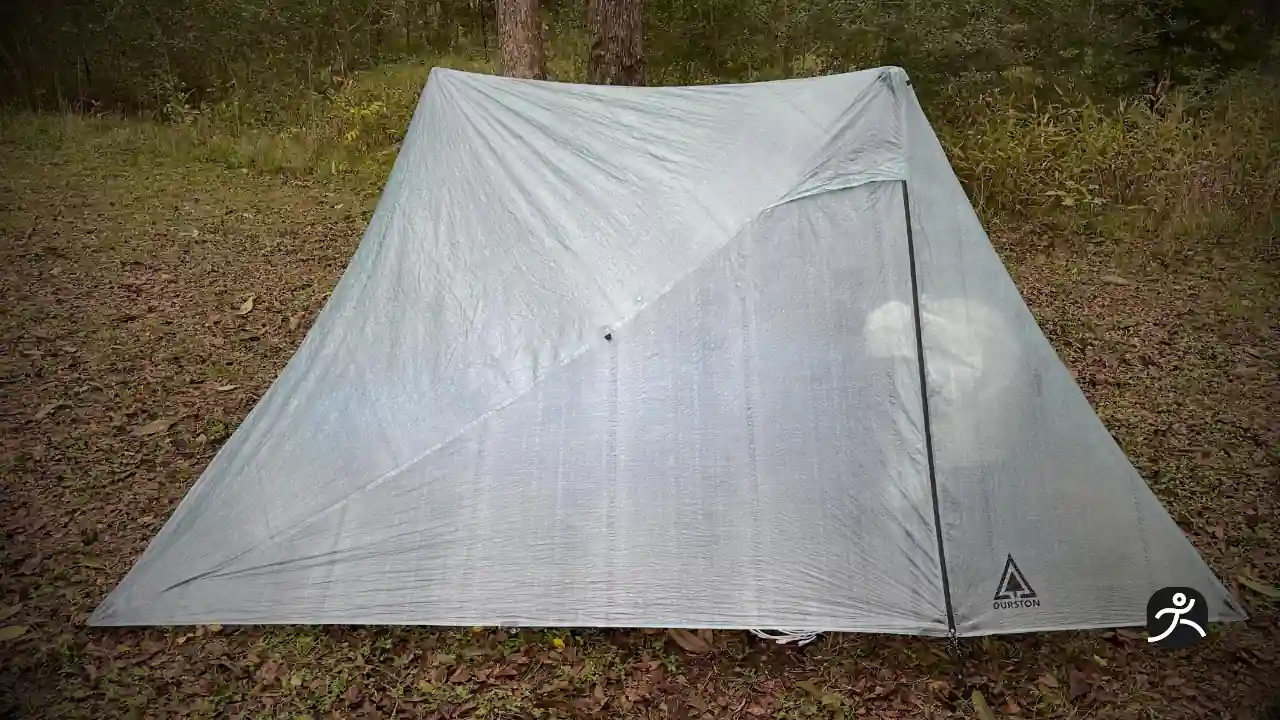
As a fastpacker, you're always looking for ways to lighten your load without sacrificing comfort or safety. When it comes to shelter, ultralight options have transformed the game.
You've probably heard buzz about innovative designs and cutting-edge materials, but exploring the realm of ultralight shelters can be overwhelming. From trekking pole-supported tents to minimalist tarps, the choices seem endless.
Well how do you balance weight savings with weather protection? What features should you prioritize? And are these high-tech shelters worth the investment? Let's look into the ins and outs of ultralight shelters to help you make an informed decision for your next adventure.
Innovative Designs: Exploring Ultralight Shelter Options
When it comes to ultralight shelters, you'll find a variety of options designed to suit different fastpacking needs and preferences.
Trekking-pole supported tents are popular among thru-hikers and fastpackers, providing a lightweight solution that uses gear you're already carrying.
Pyramid shelters, often floorless, offer excellent weather protection with minimal weight. For those looking for versatility, modular shelter systems allow you to adjust your setup based on conditions.
Many of these ultralight shelters incorporate cutting-edge materials like Dyneema Composite Fabric (DCF), recognized for its impressive strength-to-weight ratio.
Hybrid double-wall designs balance condensation management with weather protection, an important factor for multi-day adventures.
Each type offers unique advantages, so assess your specific requirements and environmental conditions when making your decision.
Balancing Grams and Comfort: Weight Considerations
Three essential factors dominate weight considerations for fastpackers choosing ultralight shelters: overall shelter weight, packability, and the balance between weight savings and necessary features.
When it comes to ultralight shelters, you'll find options like the Zpacks Duplex Lite, weighing a mere 15 oz. These incredibly light options maximize portability without sacrificing protection.
Keep in mind, every ounce counts when you're covering long distances!
Fabric Face-Off: Comparing Ultralight Shelter Materials
When selecting an ultralight shelter for fastpacking, you'll need to evaluate the pros and cons of different fabric types. DCF, Sil-Nylon, and Sil-Poly each offer unique benefits regarding weight, durability, and weather resistance.
You'll notice that while DCF excels in strength-to-weight ratio and waterproofing, it comes at a higher cost and might necessitate more careful handling than its nylon or polyester counterparts.
As you compare these materials, think about how their characteristics align with your fastpacking needs. Balancing the trade-offs between longevity and weight to discover the ideal shelter that'll keep you dry and comfortable on your adventures without burdening you.
Fabric Types Comparison
The fabric battle for ultralight shelters pits several contenders against each other, with each material offering unique advantages in strength, weight, and durability.
Dyneema Composite Fabric (DCF) stands out for its exceptional strength-to-weight ratio, making it a top choice for fastpackers seeking the lightest possible shelter. Nevertheless, you'll find that Sil-Nylon, Sil-PU, and Sil-Poly are also popular lightweight fabric options, each with its own merits.
Sil-Nylon, for instance, boasts excellent tear strength and waterproof coatings, ensuring your shelter stays intact in challenging conditions. When comparing these materials, take into account their low sag properties, critical for maintaining a taut setup.
While DCF reigns supreme in the ultralight category, it requires careful handling to guarantee longevity.
In the end, your choice will depend on balancing weight savings with durability and ease of use.
Longevity Vs. Weight Trade-Offs
In the realm of ultralight shelters, you're often faced with a crucial balancing act between minimizing weight and ensuring longevity.
Dyneema Composite Fabric (DCF) and other lightweight materials like Sil-Nylon, Sil-PU, and Sil-Poly offer impressive weight savings, but they require careful handling to maintain durability. Take these trade-offs into account when selecting your shelter:
| Material | Weight Savings | Durability |
|---|---|---|
| DCF | Excellent | Great |
| Sil-Nylon | Very Good | Good |
| Sil-PU | Good | Very Good |
Quick Pitch, Small Pack: Setup and Portability
For fastpackers, you'll find that ultralight shelters excel in both quick setup and compact packability, offering a perfect balance of convenience and efficiency on the trail.
Models like the Zpacks Plex Solo can be erected swiftly using just one trekking pole, saving you precious time and energy. If you're looking to minimize weight and bulk, the Zpacks Hexamid Pocket Tarp With Doors weighs a mere 6.1 oz and packs down incredibly small.
Weathering the Storm: Protection Features in Ultralight Shelters
When selecting an ultralight shelter for your fastpacking escapades, you'll want to assess its storm-resistant design features and versatility across various seasons.
Search for shelters with sturdy wind resilience, such as the Plex Solo Lite, which can withstand harsh conditions while keeping you dry and at ease.
Don't overlook examining the shelter's flexibility in various weather situations, as choices like dual-wall construction provide exceptional protection in both damp and insect-infested surroundings, guaranteeing you're equipped for any challenges from Mother Nature.
Storm-Worthy Design Features
You'll notice that storm-ready design elements are crucial for ultralight shelters to withstand nature's fury on fastpacking trips.
These shelters incorporate reinforced seams, durable fabrics like Dyneema Composite Fabric (DCF), and strategic pole placements to enhance weather protection. Ventilation options and vestibules are cleverly integrated to manage condensation and store gear amidst storms.
Here's what you can anticipate from a storm-ready ultralight shelter:
- Sharp angles for efficient snow shedding
- Multiple guyline attachments for enhanced stability
- Adjustable tensioning systems to secure against strong winds
- Waterproof and tear-resistant materials
- Thoughtfully placed vents to decrease internal moisture
When selecting a shelter for your fastpacking adventures, prioritize these storm-ready design features. They'll guarantee you stay dry, comfortable, and protected from the elements, allowing you to focus on the excitement of your journey rather than worrying about your shelter's performance in challenging conditions.
Multi-Season Shelter Options
Given the diverse weather conditions you'll encounter while fastpacking, multi-season shelter options provide durable protection without compromising on weight.
These multi-season shelter options cater to various needs and preferences, ensuring you'll stay dry and comfortable no matter what Mother Nature throws your way during your fastpacking trips.
Breathe Easy: Ventilation and Moisture Management
In the realm of ultralight shelters, you'll find that proper ventilation and condensation management are vital for a dry, comfortable night's sleep.
Your tent's ventilation system plays a pivotal role in controlling moisture accumulation and maintaining a dry sleeping environment. Well-designed ultralight shelters incorporate features like mesh panels and adjustable vents to promote airflow, reducing the risk of damp sleeping bags and regulating temperature inside your cozy abode.
To paint a picture of effective ventilation in ultralight shelters, contemplate these key elements:
- Strategically placed mesh panels for ideal airflow
- Adjustable vents to fine-tune air circulation
- Breathable fabrics that allow moisture to escape
- Raised bathtub floors to prevent ground moisture seepage
- Vestibules or awnings for additional weather protection
These elements work together to create a breathable and comfortable shelter, ensuring a restful night's sleep in various outdoor conditions.
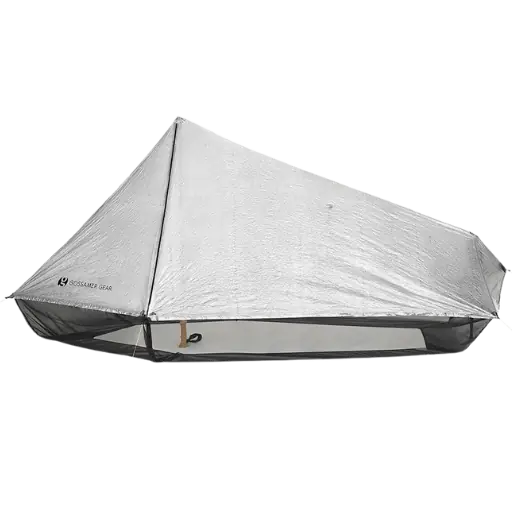
GG DCF Whisper
The Gossamer Gear DCF Whisper is a more unique take, removing the floor and a pure ultralight approach this can be crazy light weighing only 9.8 oz.
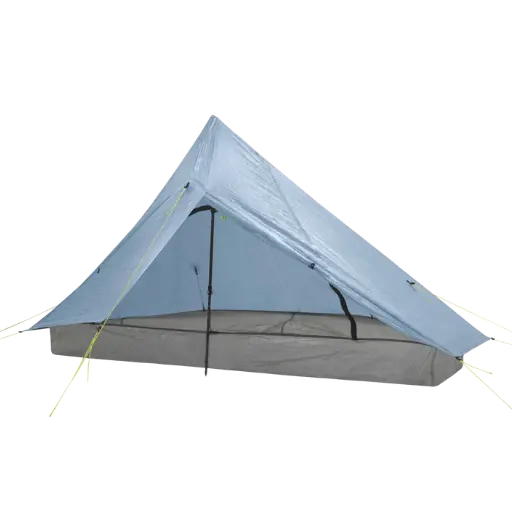
Zpacks Plex Solo Lite
The Plex Solo Lite is the ultimate ultralight option for fastpackers. At under 12 ounces, it’s the world’s lightest fully enclosed one-person tent.
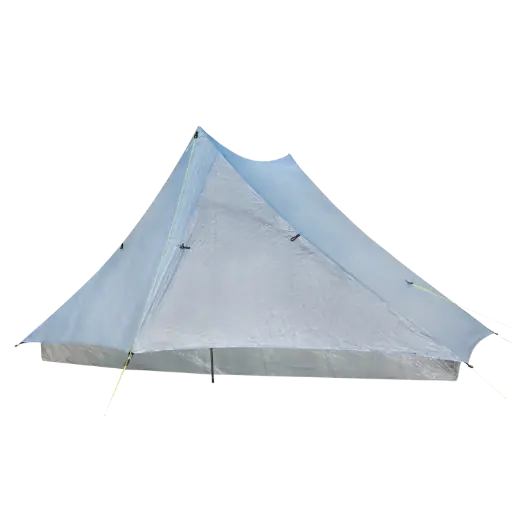
Zpacks Duplex Lite
The Duplex Lite is the ultimate ultralight tent for weight-conscious longer duration fastpackers. At under 15 ounces, it’s the world’s lightest fully enclosed two-person tent.
Investing in Adventure: Cost-Benefit Analysis of Ultralight Shelters
When weighing the pros and cons of ultralight shelters, you're faced with a delicate balance between initial investment and long-term benefits.
Ultralight shelters often come with a higher upfront cost because of advanced materials like Dyneema and specialized designs. Nevertheless, the advantages are substantial: decreased pack weight, improved mobility, and increased comfort on long-distance treks.
As you conduct your cost-benefit analysis, think about how these factors align with your fastpacking goals.
Think of ultralight shelters as an investment in your outdoor experiences. While the price tag might give you pause, the weight savings and performance enhancements can greatly enhance your adventures.


